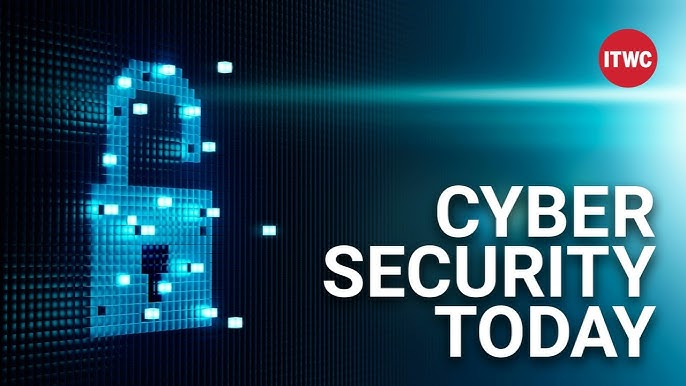As technology continues to advance rapidly, cybersecurity has become more critical than ever. The focus on security is no longer to prevent breaches. It’s to be ready for when they occur.
Human mistakes continue to be a major factor in security breaches. It’s vital to know how to fight cyberattacks. In our data-driven world, it’s everyone’s job to protect sensitive data.
In honor of Cybersecurity Awareness Month, here are some tips to stay secure. It’s like placing a live bet on your safety. These actions lower the risk of a catastrophic breach involving your data.
Enable Multifactor Authentication
Multifactor authentication (MFA) is like betting on your online security. It adds protection by verifying your identity using a code or a link. Without MFA, your accounts are far more vulnerable to threats.
“Hackers aren’t breaking in. They’re using the front door,” explained Joseph Avanzato, a forensics specialist at Varonis. He spoke during a session on understanding a threat actor’s mindset.
Enable MFA wherever possible and use an authenticator app for added security. Report any unusual login attempts right away. For organizations, make MFA mandatory and limit the option to disable it.
Avoid Org-wide Sharing Links
Sharing files with open links might seem convenient, but it poses serious risks. Microsoft says 1% of org-wide permissions are used. Yet, sensitive data is often exposed.
The average organization has about 157,000 sensitive files exposed and accessible online. This creates a $28 million data breach risk.
To reduce this, disable org-wide links. Share files only with specific people who need access. Add others on a case-by-case basis to keep your data secure.
Be Suspicious of Links and Unknown Contacts
Social engineering and phishing are still the best ways for hackers to get in. Phishing has some common signs. They include a strange sender address, a sense of urgency, and requests to click a link.
Phishing simulations are a great way to teach teams about suspicious emails. They help users learn to spot scams.
As a consumer or employee, it’s important to vet any unknown senders who contact you via text, email, and more. One wrong click is all it takes for cybercriminals to gain full access to your critical data.
Report Suspicious Activity When it Happens
Building on tip number three, ignoring a suspicious text message isn’t enough to stay safe.
Most phishing attempts target many users in an organization.If you come across one, make sure to alert your IT team immediately. Some companies have plug-ins in their email service. Or, they have a dedicated inbox to forward suspicious activity to.
A simple response to phishing can backfire. So, avoid any conversation. Always confirm the identity of the sender before sharing sensitive details or making any purchases. Not everyone needs to be an admin.
Administrative access in cloud platforms like Salesforce is powerful but often mismanaged. Many admins can grant access without IT oversight. This can lead to excessive privileges and the exposure of sensitive data.
A Varonis report says 60% of admin accounts don’t have multi-factor authentication. This makes them easy targets for attackers.
SaaS providers secure their infrastructure. But, you must protect your data.
Before you grant admin access, ensure that the requester justifies the request. Set end dates for permissions. Then, work with IT to enforce security protocols and educate admins on their duties.
Assess the Access You Give Third-party Apps
Connecting apps to your Gmail or Microsoft 365 can be convenient, but it comes with risks. Many apps request access to sensitive information, and it’s not always clear what they can see or do.
Hackers can exploit vulnerabilities in these apps. A phishing attack could trick you into granting full access to your account. This could lead to data breaches and further exploitation.
To stay safe, review your connected apps regularly. Check their permissions and rate them as low, medium, or high risk. If you haven’t used a high-risk app in six months, revoke its permissions or disconnect it entirely.
Organizations can use tools like Varonis to track app usage. This prevents unauthorized access and data breaches.
Use Public Wi-Fi Networks with Caution.
As tech advances, people expect Wi-Fi access everywhere, says Matt Radolec, Varonis’s VP of Incident Response, in a CNBC interview.
Many users skip reading terms or checking URLs on free Wi-Fi. This increases their risk of cyber threats.
“It’s almost a game to click ‘accept’ and connect quickly,” he explains, warning about fake sites.
Stay cautious with free Wi-Fi and remove networks from your device after use to stay safe.
Final Thoughts
By following these cybersecurity tips, you can cut your risk of cyber threats. Be proactive. Assess your digital habits. Focus on security online. Protecting your data starts with you.

